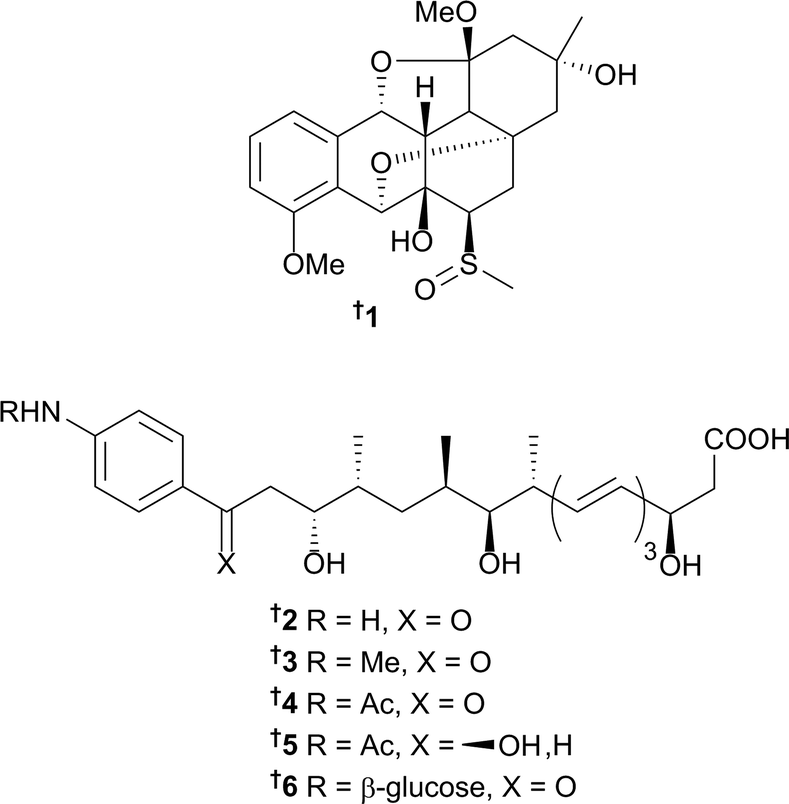Da Ca A Pass Oh Meo 2450

 Intenzitet manji od submaksimalnog Služe procenu regulativne sposobnosti vegetativnog sistema Regulativni ili testovi oporavka Obično se prate po prestanku. Harakteristika_Na_Sportsmena_Obrazets_Forum.zip 714.28 KB 可能感兴趣: Harakteristika Sportsmena Obrazets zrazok_-_ harakteristika _na_vihovatelya_-metodista_dnz_DXFSYU.exe. Oct 06, 2017 This feature is not available right now. Please try again later.
Intenzitet manji od submaksimalnog Služe procenu regulativne sposobnosti vegetativnog sistema Regulativni ili testovi oporavka Obično se prate po prestanku. Harakteristika_Na_Sportsmena_Obrazets_Forum.zip 714.28 KB 可能感兴趣: Harakteristika Sportsmena Obrazets zrazok_-_ harakteristika _na_vihovatelya_-metodista_dnz_DXFSYU.exe. Oct 06, 2017 This feature is not available right now. Please try again later.
Aug 2, 2012 - SOUTHERN CALIFORNIA EDISON COMPANY'S (U 338-E). Scoping Memo. This Application seeks only to pass through to SCE's customers the costs. Index of Exhibits and Appendices to This Application. OFFICE OF THE DISTRICT ATTORNEY. ONE CALIFORNIA STREET, SUITE 2450. Nov 10, 2018 - Backup Skins De Arma Cs! Ta aii o Download dos Arquivos: backup-cs (1).png ( KiB).
We propose here a new unitary model for the pathophysiology of involutional osteoporosis that identifies estrogen (E) deficiency as the cause of both the early, accelerated and the late, slow phases of bone loss in postmenopausal women and as a contributing cause of the continuous phase of bone loss in aging men. The accelerated phase in women is most apparent during the first decade after menopause, involves disproportionate loss of cancellous bone, and is mediated mainly by loss of the direct restraining effects of E on bone cell function. The ensuing slow phase continues throughout life in women, involves proportionate losses of cancellous and cortical bone, and is associated with progressive secondary hyperparathyroidism. This phase is mediated mainly by loss of E action on extraskeletal calcium homeostasis which results in net calcium wasting and increases in the level of dietary calcium intake required to maintain bone balance. Because elderly men have low circulating levels of both bioavailable E and bioavailable testosterone (T) and because recent data suggest that E is at least as important as T in determining bone mass in aging men, E deficiency may also contribute substantially to the continuous bone loss of aging men. In both genders, E deficiency increases bone resorption and may also impair a compensatory increase in bone formation.
For the most part, this unitary model is well supported by observational and experimental data and provides plausible explanations to traditional objections to a unitary hypothesis. INTRODUCTION I N 1941, A LBRIGHT ET AL. Called attention to estrogen (E) deficiency as the cause of postmenopausal osteoporosis, and this mechanism has been strongly supported by subsequent studies showing that E administration prevented bone loss induced by oophorectomy in perimenopausal women, and that bone cells were targets of E action. - However, factors in addition to E deficiency have been implicated as causes of bone loss in aging women, including secondary hyperparathyroidism,, impaired osteoblast function, possibly due to changes in local cytokines or systemic growth factors,, and, at least in some elderly persons, nutritional deficiency of vitamin D. Moreover, aging men also lose bone despite clinically evident hypogonadism occurring only infrequently. These considerations have militated against Albright's unitary hypothesis that a relative or absolute deficiency in sex steroids causes all, or almost all, involutional bone loss.

Any comprehensive model of pathogenesis should explain the differences and similarities of bone loss in aging women and men. Women undergo two phases of involutional bone loss whereas men undergo one. After achieving peak bone mass in young adulthood, bone mineral density (BMD) remains relatively constant in both genders until middle life, although Slemenda et al. Found small decreases in BMD at the hip in premenopausal women. At menopause, women undergo an accelerated, transient phase of bone loss that is most apparent over the subsequent decade and accounts for cancellous bone losses of 20–30% and cortical bone losses of 5–10%. Because the age of menopause varies and because bone loss precedes menopause by several years in some women,, this phase is less evident in cross‐sectional studies but is readily apparent in longitudinal studies following oophorectomy., The accelerated phase of bone loss in women merges asymptotically with an underlying late phase of slow bone loss which then continues indefinitely. The slow, continuous phase of bone loss in aging men resembles the late slow phase in postmenopausal women.